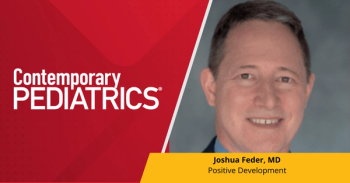
Following an updated policy from the American Academy of Child and Adolescent Psychiatry, Joshua Feder, MD, explains why providers should present DRBIs and NDBIs as options for autism care.

Following an updated policy from the American Academy of Child and Adolescent Psychiatry, Joshua Feder, MD, explains why providers should present DRBIs and NDBIs as options for autism care.

Researchers report that cheek swabs can capture early microscopic changes of ACM, offering a noninvasive path to earlier diagnosis and intervention.

Christine Eng, MD, discusses how earlier genome testing, multi-omic tools, rapid sequencing, and improved access can shorten diagnostic timelines and guide care.


Christine Eng, MD, discusses insurance, access, logistics, and result interpretation challenges affecting effective use of exome and genome sequencing.

New AAP guidance supports early use of exome and genome sequencing, offering higher diagnostic yield and faster results for children with developmental delay and ID.

Joshua Feder, MD, highlights how interest-based, blended, and ABA strategies can all be effective options when working with a child with autism.

Joshua Feder, MD, explains how AACAP’s revised policy aims to improve access, insurance coverage, and family-centered decision-making for autism care.
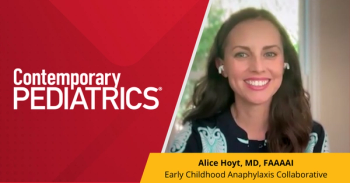
Alice Hoyt, MD, FAAAI, underscored three core recommendations for improving pediatric food allergy management, emphasizing coordinated care and reliable access to epinephrine.

Jonathan Flyer, MD, emphasizes that early detection of FH through guideline-recommended universal screening can be lifesaving and supports broader family identification.

Jonathan Flyer, MD, highlights strategies to improve universal pediatric lipid screening and early detection of familial hypercholesterolemia in children.
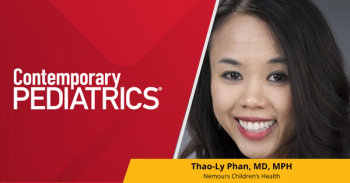
Findings from a pilot randomized trial of a multifaceted pediatric obesity care model found strong family engagement and highlighted the importance of psychosocial support in treatment.
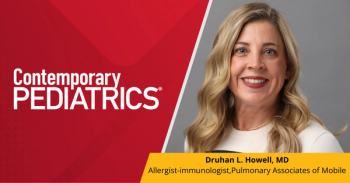
Druhan Howell highlighted that pediatric patients using tapinarof cream experienced rapid symptom relief and improved quality-of-life measures, with no new safety concerns.
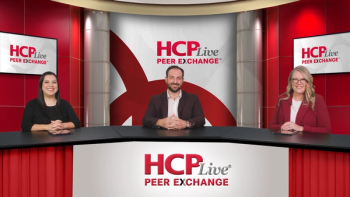
Panelists discuss how new nonsteroidal therapies improve adherence, comfort, and long-term skin health for children with AD.

Panelists discuss how JAK-targeting topical therapies offer effective, well-tolerated solutions for children with mild to moderate AD.

Jonathan Flyer, MD, discusses how the LEAD Pediatric Initiative is addressing persistently low rates of universal pediatric lipid screening.
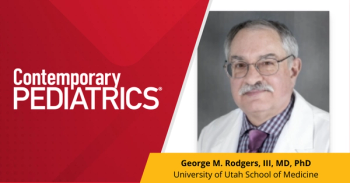
George Rodgers, III, MD, PhD, emphasized that antithrombin III’s expanded pediatric label provides "a sterile, plasma-derived product that will specifically correct the deficiency in a more safe fashion."

Alice Hoyt, MD, FAAAI, discussed the Early Childhood Anaphylaxis Collaborative’s efforts to improve anaphylaxis preparedness in early childcare settings.

"What is the possibility for your individual child that you're taking care of as a patient, as a family member advocate?" said Oliva Kim-McManus, MD.

Panelists discuss how evidence from clinical studies supports the safety and effectiveness of new nonsteroidal treatments for children with AD.

Panelists discuss how low systemic absorption and simple dosing schedules improve safety, adherence, and caregiver confidence in pediatric AD care.

In this interview from the 2025 Child Neurology Society meeting, Olivia Kim-McManus explains how far the gene therapy and genetic testing space has come related to pediatric neurology.
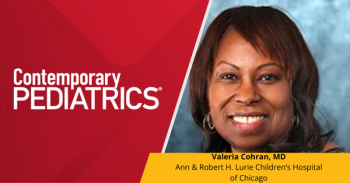
Valeria C. Cohran, MD, emphasized the importance of close collaboration between intestinal rehab programs and general pediatricians to optimize care for children with intestinal failure.

Older age, longer remaining intestine, and presence of an ileocecal valve were linked with a greater likelihood of achieving sustained enteral autonomy in children with short bowel syndrome-associated intestinal failure.

Panelists discuss how clinical results confirm the effectiveness, safety, and caregiver convenience of new nonsteroidal therapies for pediatric AD.

Panelists discuss how improved clinical trial design helps ensure new treatments reflect real-world experiences and family priorities.
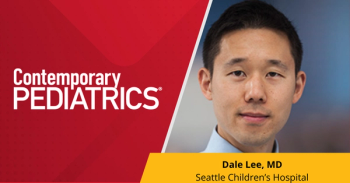
In this Contemporary Pediatrics video interview, Dale Lee, MD, highlights how pediatricians can be involved in celiac disease follow-up care.

Julie Khlevner, MD, AGAF, highlights that FDA approval of linaclotide provides the first pharmacologic therapy for pediatric IBS-C.

The American Academy of Pediatrics updates guidelines, allowing doxycycline use in young children for tick-borne infections, enhancing treatment options.

A multicenter study from NASPGHAN 2025 highlights geographic and immune-driven variations in pediatric H. pylori infection across the Americas.